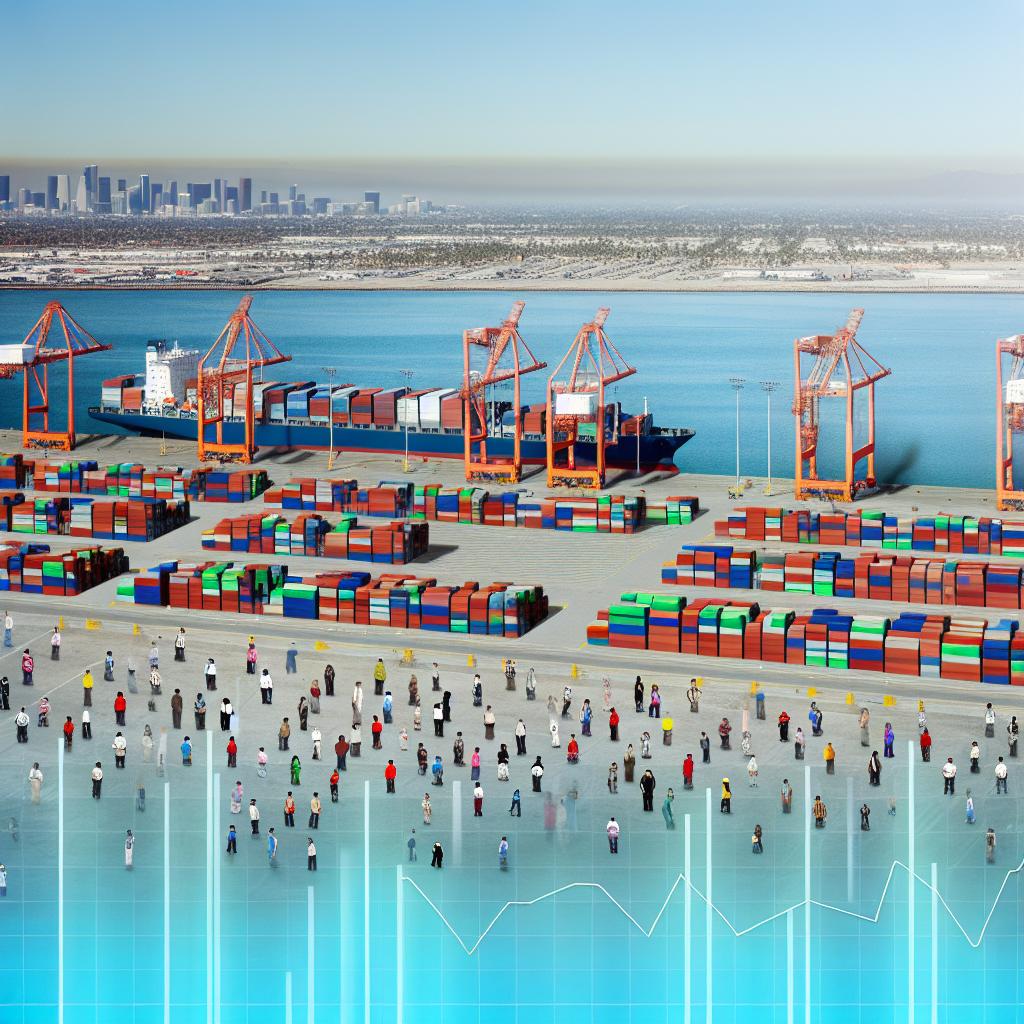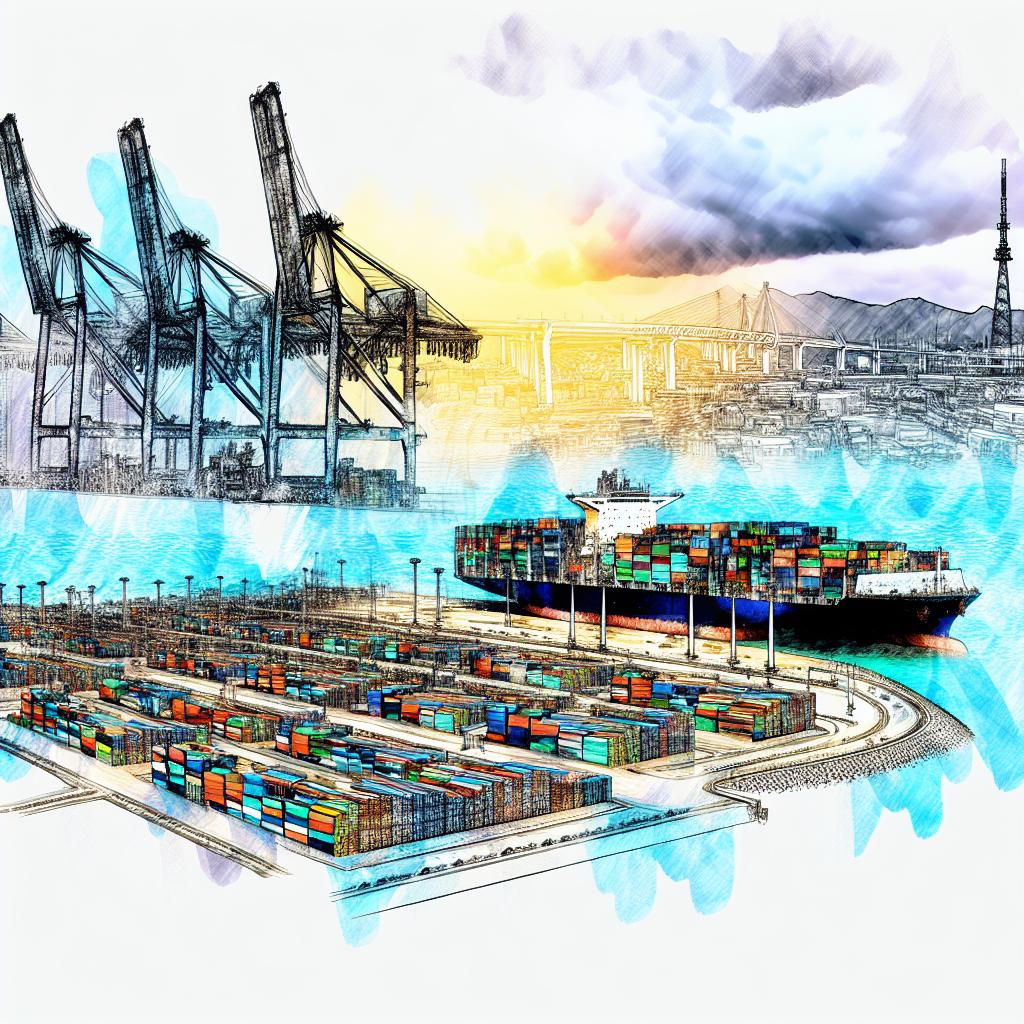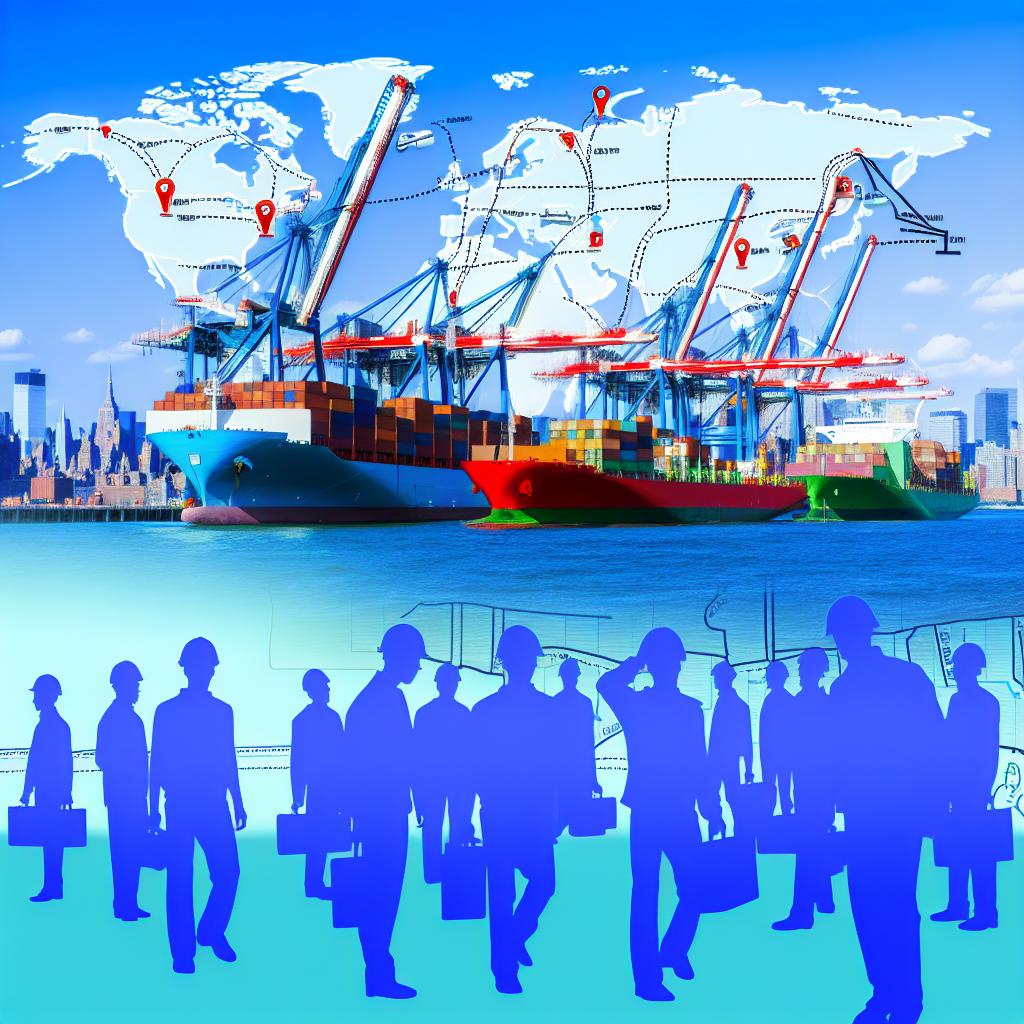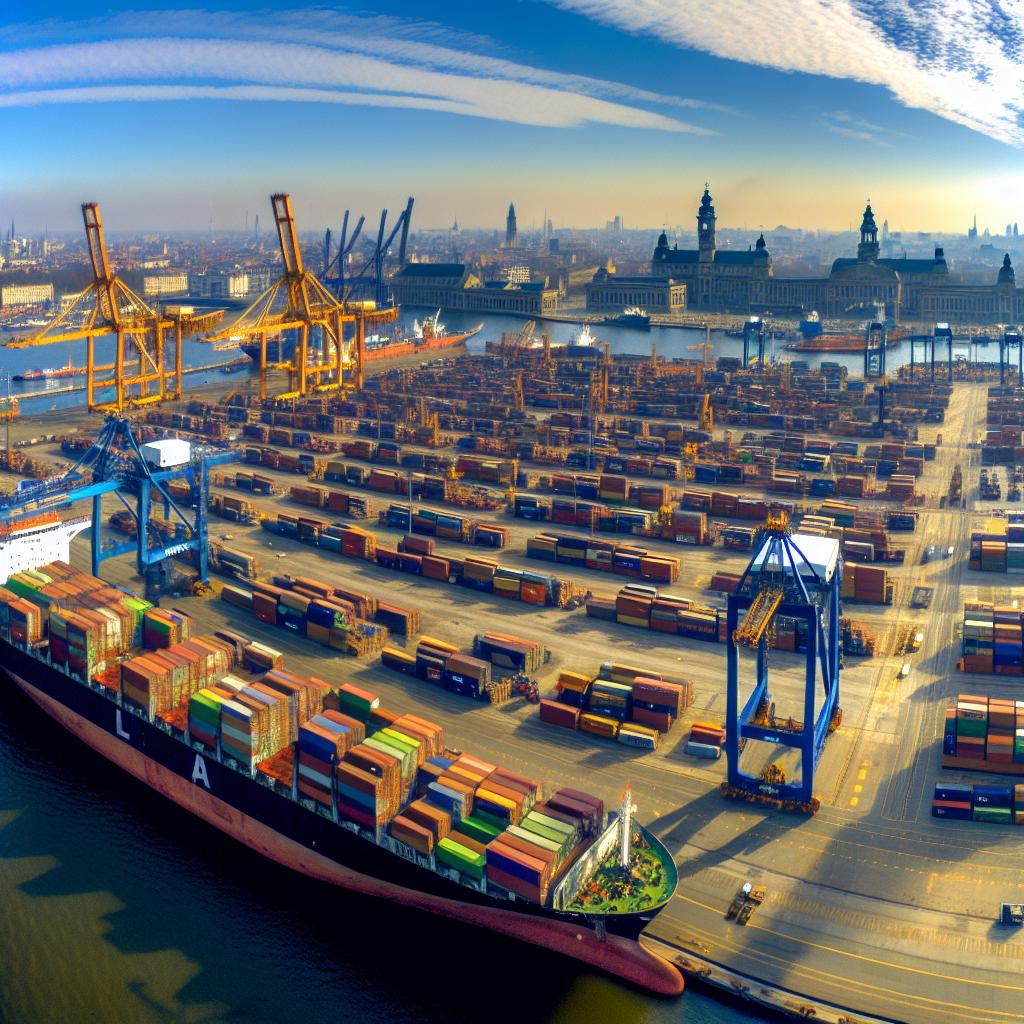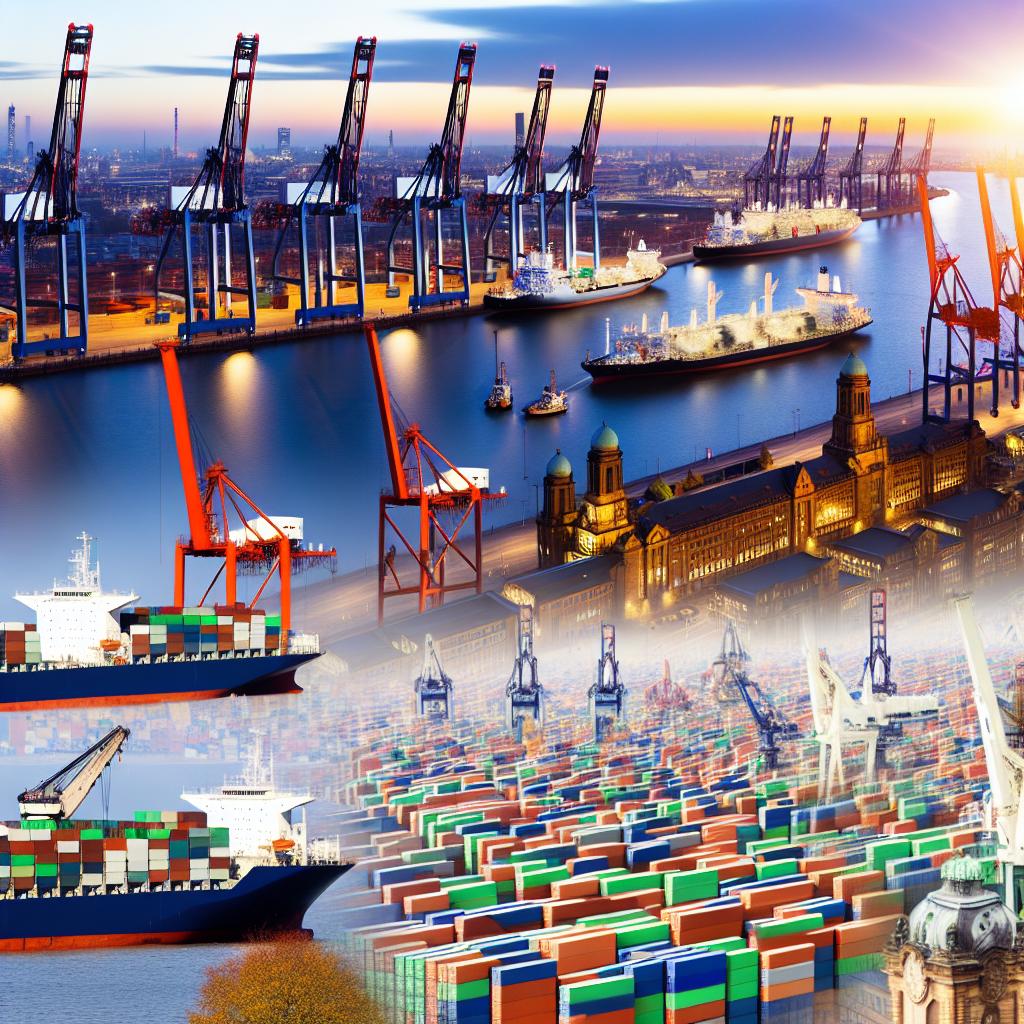The Significance of the Port of Long Beach
The Port of Long Beach holds a prominent position as one of the largest and busiest seaports in the United States. Situated in Southern California, it serves as a pivotal gateway for trans-Pacific trade. This port is not only crucial to the local economy but also significantly impacts the national level, influencing supply chains, trade policies, and economic activities throughout the country.
The importance of this port cannot be overstated, given its strategic location and unmatched facilities. The Port of Long Beach acts as a vital hub connecting the United States with Asia and the Pacific Rim, playing a crucial role in the exchange of goods across continents.
Role in U.S. Imports
The Port of Long Beach is instrumental in facilitating the movement of goods between the United States and the global market, especially Asia. It plays a vital role in the import of consumer goods, apparel, electronics, and automotive parts. These imported goods are then distributed across the nation, making the port a key node in the logistics and transportation networks.
This role is particularly pronounced in its ability to import vast quantities of merchandise efficiently, thereby ensuring a continuous supply to meet the demands of American consumers. The port’s operations are a cornerstone in supporting the U.S. market with necessary goods and materials, impacting everything from retail to manufacturing sectors.
Infrastructure and Capacity
The port boasts advanced infrastructure and significant capacity, enabling it to handle a substantial volume of cargo. Its facilities include numerous berths, large container cranes, and vast terminals designed to accommodate the world’s largest container ships. This infrastructure allows for efficient loading and unloading processes, minimizing delays and maximizing throughput.
Advanced logistics technologies underpin these operations, facilitating smooth transitions from sea to land transport. The port’s infrastructure ensures that it can manage millions of containers annually while maintaining the efficiency needed to process such high volumes of freight. Innovations in container tracking, yard management, and transportation management systems assist in maintaining these high standards.
Economic Impact
The economic impact of the Port of Long Beach extends beyond its immediate operations. It supports thousands of jobs, both directly and indirectly, within the logistics, transportation, and retail sectors. Furthermore, the port’s activities generate substantial tax revenue, contributing to federal, state, and local economies. The efficiency and capacity of the port are essential for maintaining competitive pricing of goods, thereby influencing consumer spending and economic stability.
Various businesses around the port thrive due to its operations, offering employment and commerce that ripple through surrounding communities. The port’s influence stretches across numerous cities and industries, making it integral to the prosperity of diverse sectors.
Challenges and Future Prospects
Despite its advantages, the Port of Long Beach faces several challenges, including environmental concerns, congestion, and the need for modernization to accommodate larger vessels. Initiatives are underway to address these challenges, such as implementing sustainable practices and expanding infrastructure. As global trade patterns continue to evolve, the port must adapt to maintain its critical role in U.S. imports.
Environmental sustainability has become a key priority, leading to initiatives aimed at reducing emissions and transitioning to greener technologies. Furthermore, innovations in logistics management and infrastructure upgrades are vital to keep pace with increasing cargo volumes and larger container vessels.
As the global trade landscape shifts, the importance of maintaining and upgrading the port infrastructure becomes ever more pressing. Investments are necessary to ensure that the port remains a reliable and crucial gateway for international trade, meeting future demands and sustaining its vital contributions to the economy.
In summary, the Port of Long Beach is a fundamental component of U.S. trade and commerce. Its operations have far-reaching effects on the national economy, influencing various sectors and contributing to the overall economic health of the country.
Fostering relationships with trading nations and adapting to international trade agreements will further solidify the port’s role. Through continued advancement and strategic planning, the Port of Long Beach will likely continue to be a linchpin in global trade, representing a critical intersection between commerce, economics, and technology.
